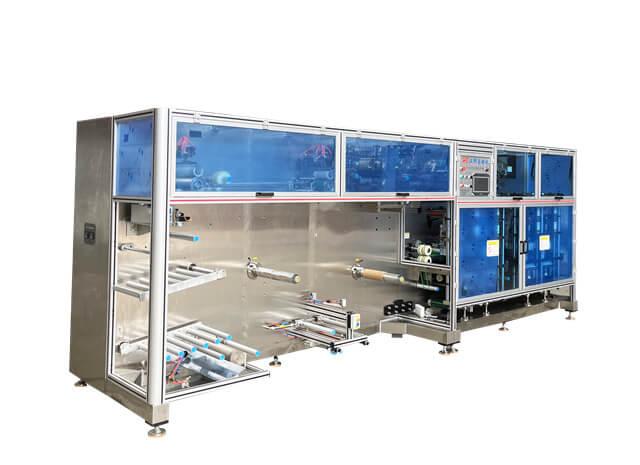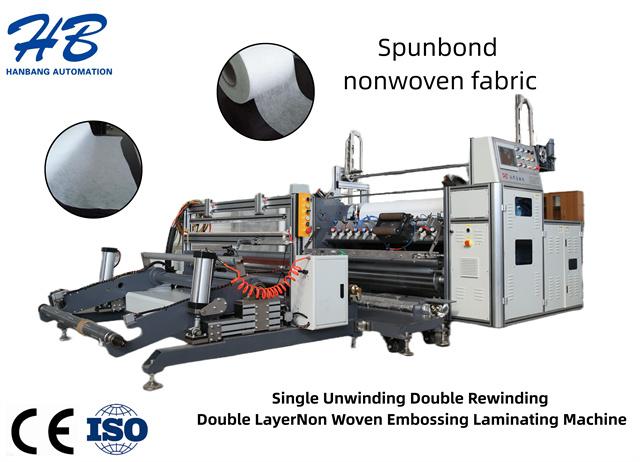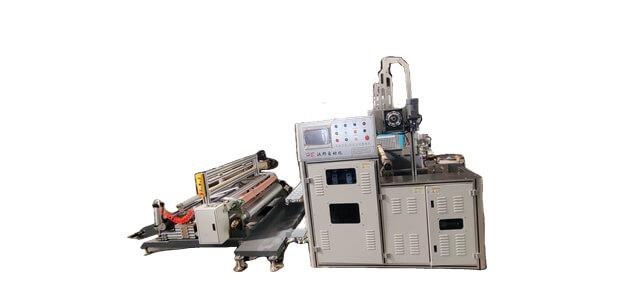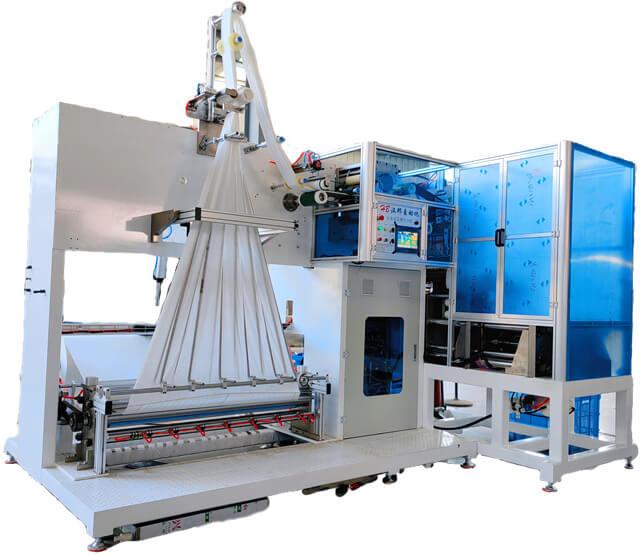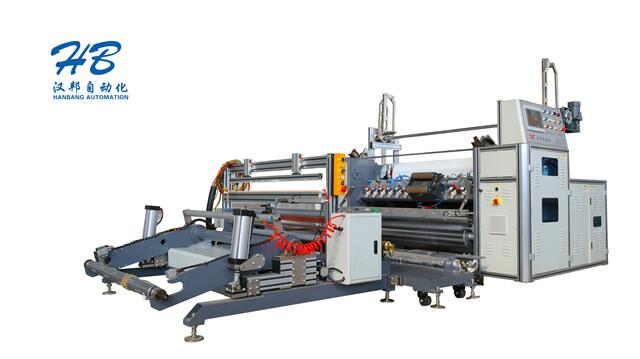Author:HB Nonwoven MachineryFROM:Compressed Towel Machine Manufacturer TIME:2023-12-15
Operating Guide for a Nonwoven Fabric Machine
In the rapidly growing industry of disposable hygiene products, the manufacturing of nonwoven fabric plays a vital role. Nonwoven fabric is the primary material used in the production of items such as diapers and sanitary pads. A nonwoven fabric machine is a complex piece of equipment that requires careful operation and maintenance to ensure optimum performance and product quality. This operating guide aims to provide a comprehensive overview of the key steps and considerations involved in running a nonwoven fabric machine.
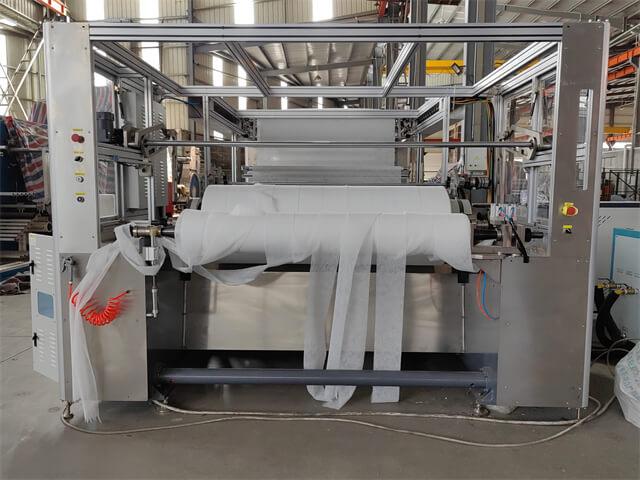
Prior to operating the nonwoven fabric machine, it is essential to prepare the raw materials. This includes ensuring an adequate supply of polypropylene, which serves as the base material for the nonwoven fabric. The polypropylene should be properly stored to prevent moisture absorption. Additionally, any additives or chemicals required for specific fabric characteristics should be readily available.
The next step is to set up the nonwoven fabric machine. This involves calibrating and adjusting various components to achieve the desired fabric characteristics. These components may include the extruder, spinneret, forming belt, calendar rollers, and curing oven. Each component should be carefully inspected for any damage or wear and tear before starting the machine.
Once the machine is set up, it is crucial to adjust the parameters to ensure smooth operation. Parameters such as temperature, pressure, speed, and tension need to be optimized based on the specific requirements of the nonwoven fabric being produced. Regular monitoring and adjustments should be carried out to maintain consistent product quality throughout the production process.
Continuous monitoring of product quality is essential to identify and rectify any deviations or defects. Regularly inspect the nonwoven fabric for uniformity, thickness, strength, and any visual imperfections. Use appropriate testing methods, such as tensile strength analysis or absorbency tests, to ensure the fabric meets the required standards. Any issues should
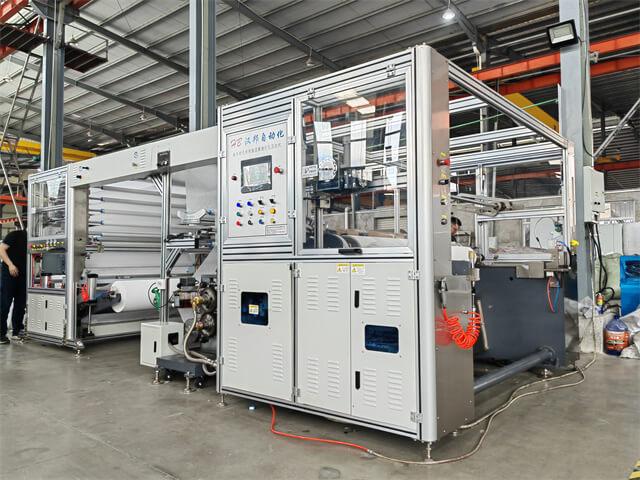
Regular maintenance and cleaning are crucial to keep the nonwoven fabric machine in optimal condition. Follow the manufacturer's guidelines for routine maintenance tasks such as lubricating moving parts, replacing worn components, and cleaning the machine thoroughly. Proper maintenance will not only extend the machine's lifespan but also prevent unexpected breakdowns that could disrupt production.
Operating a nonwoven fabric machine involves potential hazards, so it is vital to follow all safety measures. Ensure operators are trained in machine operation and emergency procedures. Provide appropriate personal protective equipment (PPE) such as gloves, goggles, and masks. Regularly inspect and maintain safety features like emergency stop buttons and safety guards. Conduct regular safety audits to identify any risks and implement necessary improvements.
The production of nonwoven fabric generates waste materials such as trimmings and scrap. Implement an efficient waste management system to minimize environmental impact and optimize resource utilization. Consider recycling or repurposing waste whenever possible. Dispose of any hazardous waste in accordance with local regulations and guidelines.
To stay competitive in the industry, continually seek ways to improve the nonwoven fabric manufacturing process. Stay updated on technological advancements and industry tren
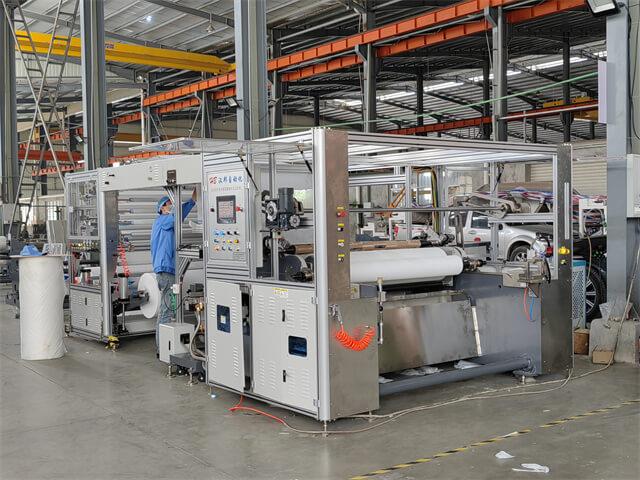
Operating a nonwoven fabric machine requires careful preparation, meticulous attention to detail, and adherence to safety protocols. By following this operating guide, manufacturers can ensure the smooth and efficient production of high-quality nonwoven fabric for various disposable hygiene products. Continuous monitoring, maintenance, and improvement are keys to success in this dynamic industry.
